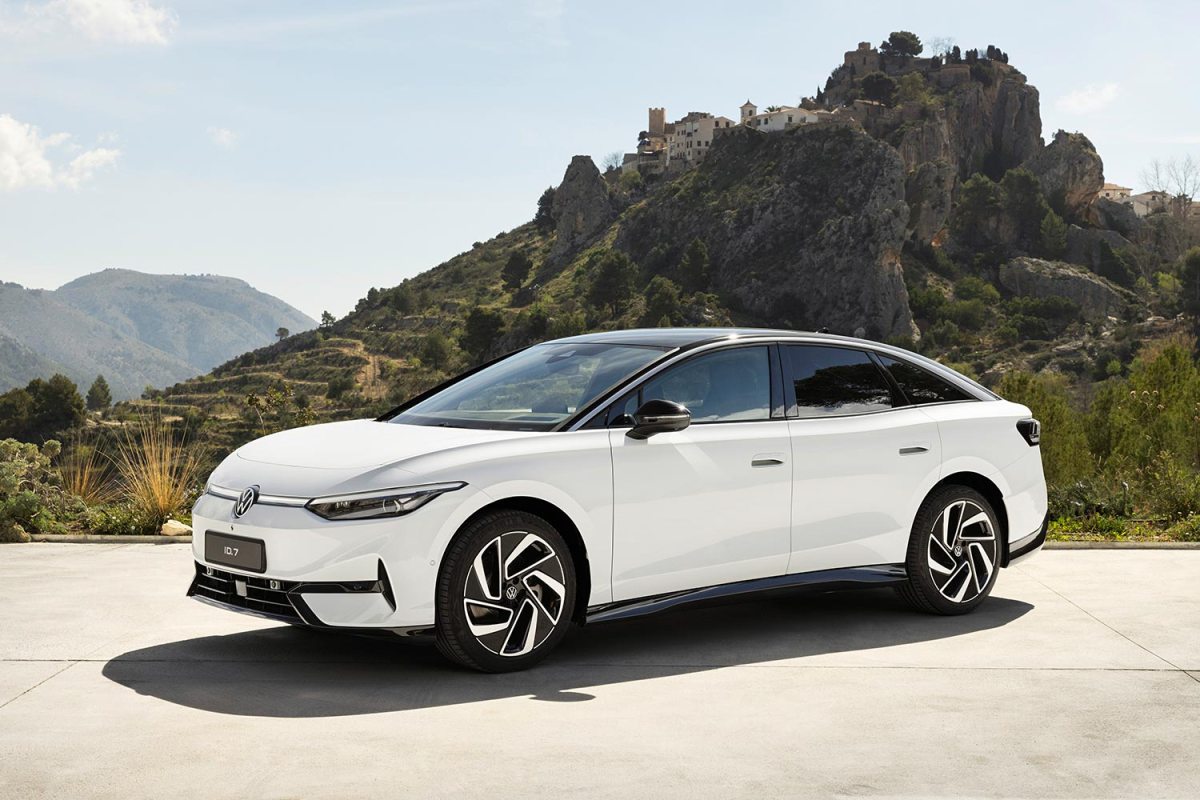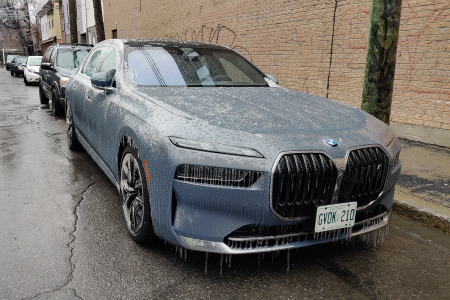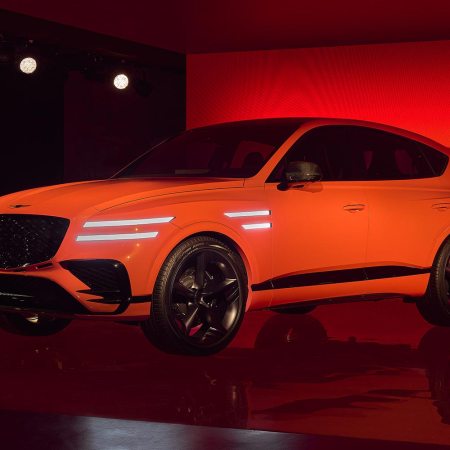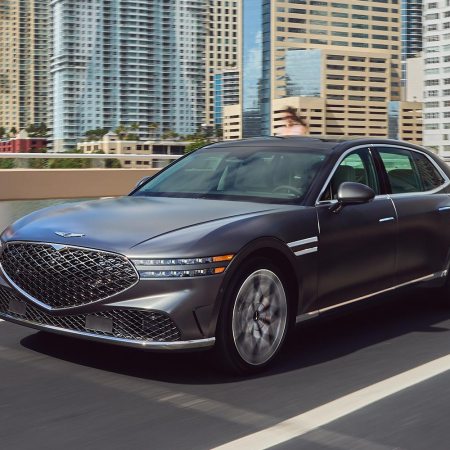Over the last decade, SUVs and the newly popular crossover have pushed sedans to the side in the U.S. auto market. Some of this is certainly consumer preference (who doesn’t want more space and utility if you can get it?), but as we discussed back in 2019, this change was also facilitated by automakers who make more money on larger vehicles. So economical four-doors were axed in favor of bulkier, more lucrative vehicles with four-wheel drive. Sedans looked to go the way of the minivan.
In that same time frame, word of the electric vehicle revolution has arrived. It’s been a slow build, with EV adoption catching on in the U.S. much slower than experts originally expected. But there’s been one vehicle leading the charge, helping Americans acclimate to the idea of going all-electric: the Tesla Model 3. A sedan.
While the Model Y SUV has eclipsed the smaller Model 3 in sales (with about 231,400 versus 198,200 sold in 2022, respectively, per Car and Driver), Tesla’s entry-level sedan remains more popular in the collective consciousness. According to Google Trends data, since the Model Y began deliveries in March 2020, the Model 3 has beaten it in search volume for the vast majority of the time. It’s no surprise why, as the sedan is more affordable and has a better top range (358 miles in the Long Range model, which is so popular it’s currently sold out and unavailable to order until later this year). It’s what people who don’t have an EV dream of: (relative) affordability, a big enough battery to quell range anxiety and interesting features that make switching to electric enticing.
Today, Volkswagen unveiled its latest entry into the EV market, the 2025 ID.7, an electric sedan, and the reception has been overwhelmingly positive. The Drive wrote that it “feels like [the ID.7] is meeting the moment with its own unique take”; Engadget said, “It’s difficult to find this kind of endurance in any EV outside of higher-end luxury options,” noting the car’s estimated range of up to 435 miles with the largest battery (though that will likely come down as the EPA tests are more conservative than the European range standards).
Review: Surviving an Ice Storm Blackout in the BMW i7 EV
No power turned out to be no problem for the brand’s flagship electric vehicleThe ID.7 will bring a lot to the table when it goes on sale in the U.S. next year, but range is still top of mind for American buyers, so expect this to be the main selling point. Beyond the VW, automakers are generally better able to offer big range numbers like this in smaller sedans versus larger and heavier crossovers, SUVs and trucks.
Just look at the top five EVs with the longest range today: the Lucid Air Grand Touring (516 miles), Tesla Model S (405 miles), Hyundai Ioniq 6 (361 miles), Tesla Model 3 Long Range (358 miles) and the Mercedes-Benz EQS 450+ (350 miles). They’re all sedans. And even if the ID.7 comes in lower than its European range estimate, it will still slot in here among this company.
Price is of course a factor when considering consumer interest, but it’s not the end-all, be-all. While the Model S starts around $85,000, it still came in as the fourth best-selling EV in the U.S. in 2022 (behind the Model Y, Model 3 and Ford Mustang Mach-E). Pricing for the ID.7 hasn’t been released yet, but if it’s competitive, you can bet more buyers will be reconsidering sedans in light of their performance benefits over range-sucking SUVs.
As it stands, SUVs and trucks remain kings of the road. But the humble sedan, once counted out, looks like it’s due for a battery-powered comeback.
Thanks for reading InsideHook. Sign up for our daily newsletter and be in the know.


















